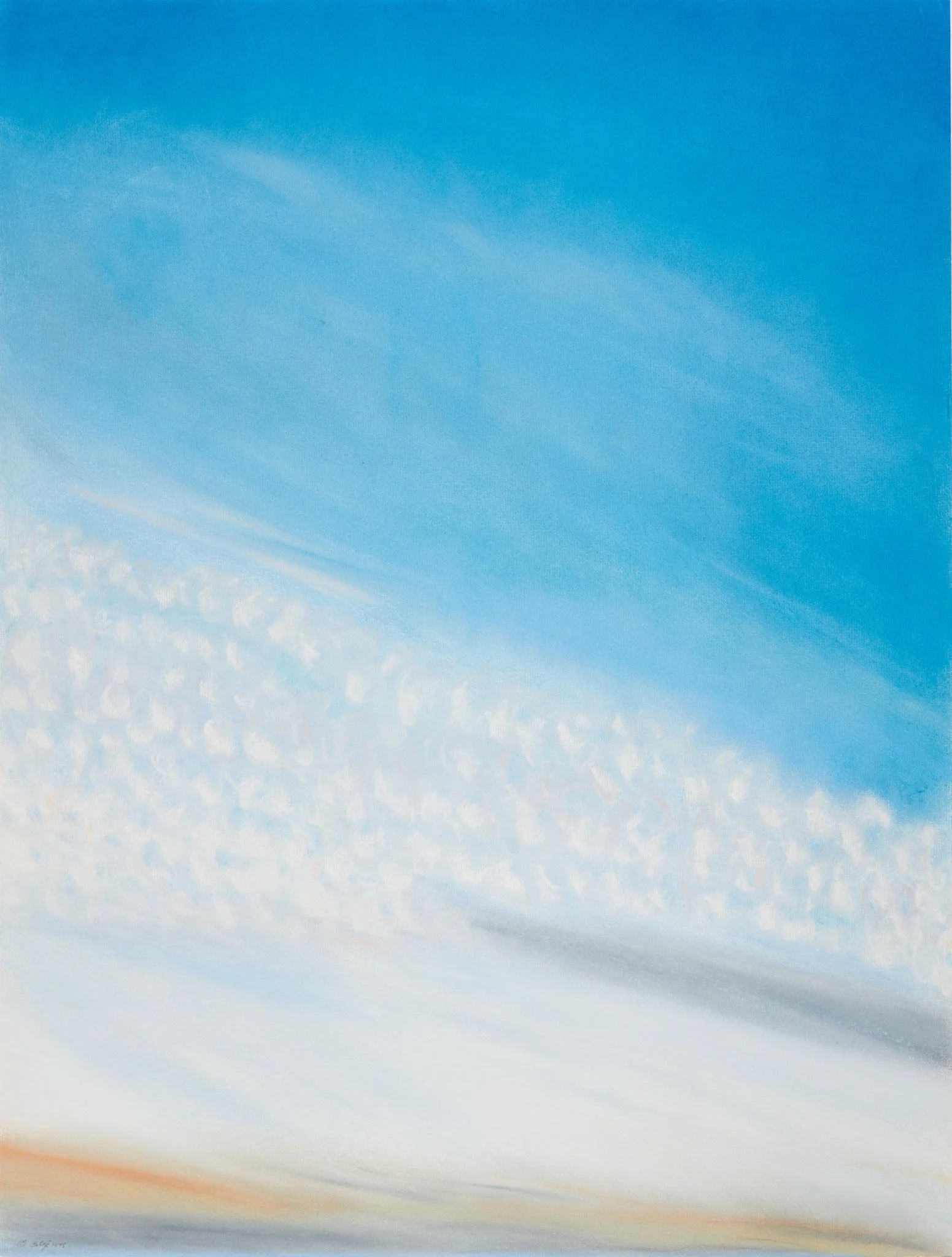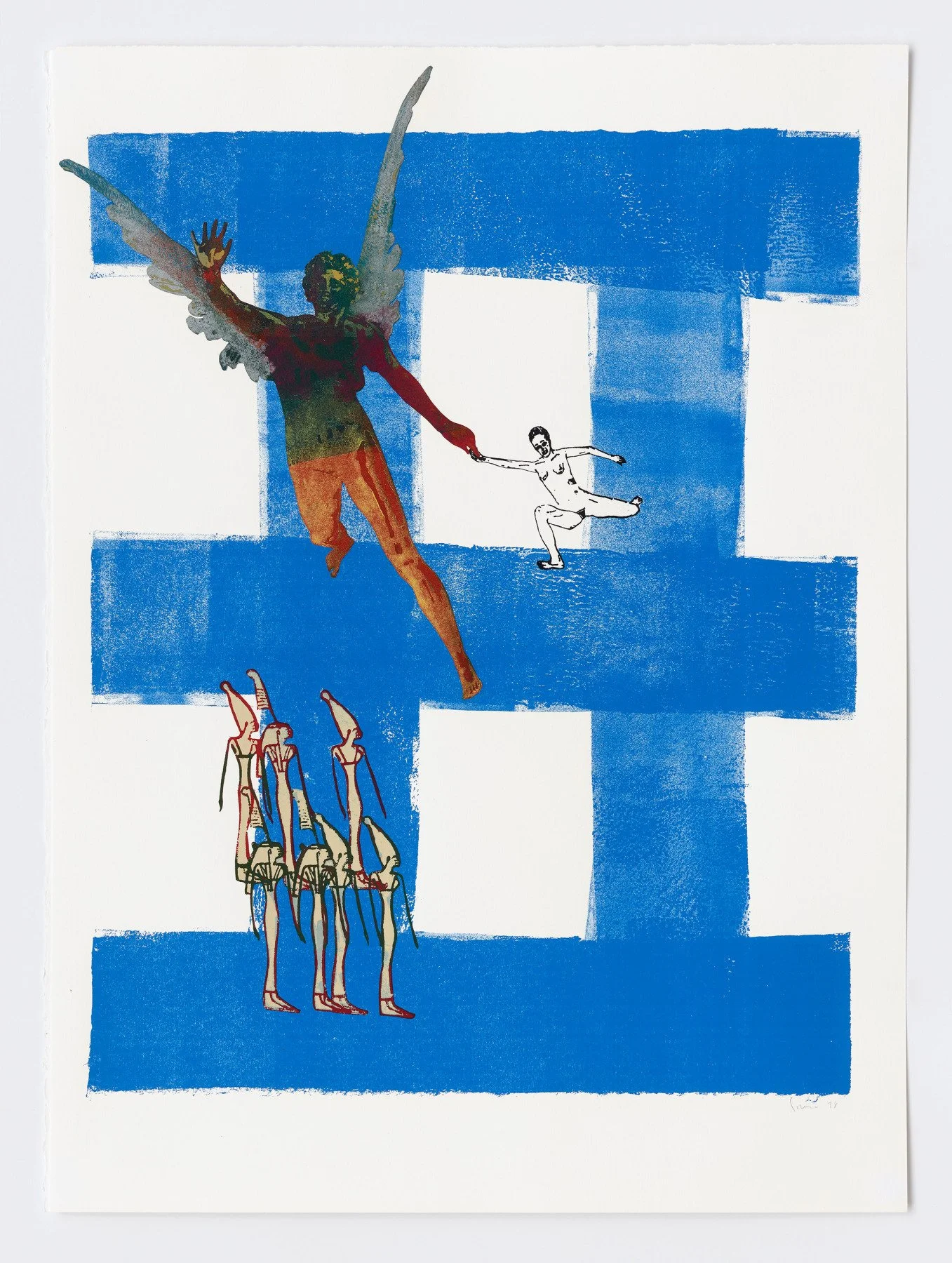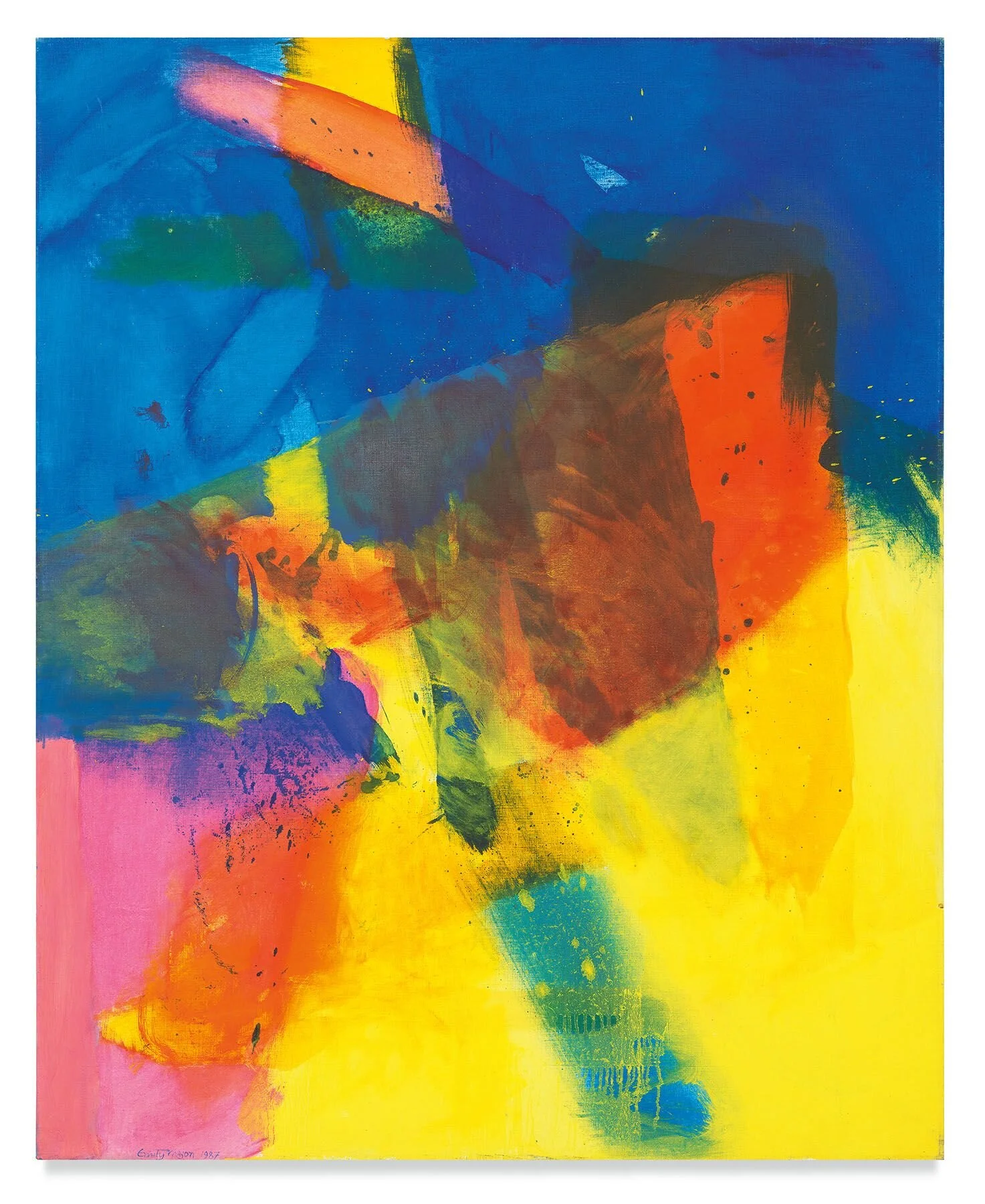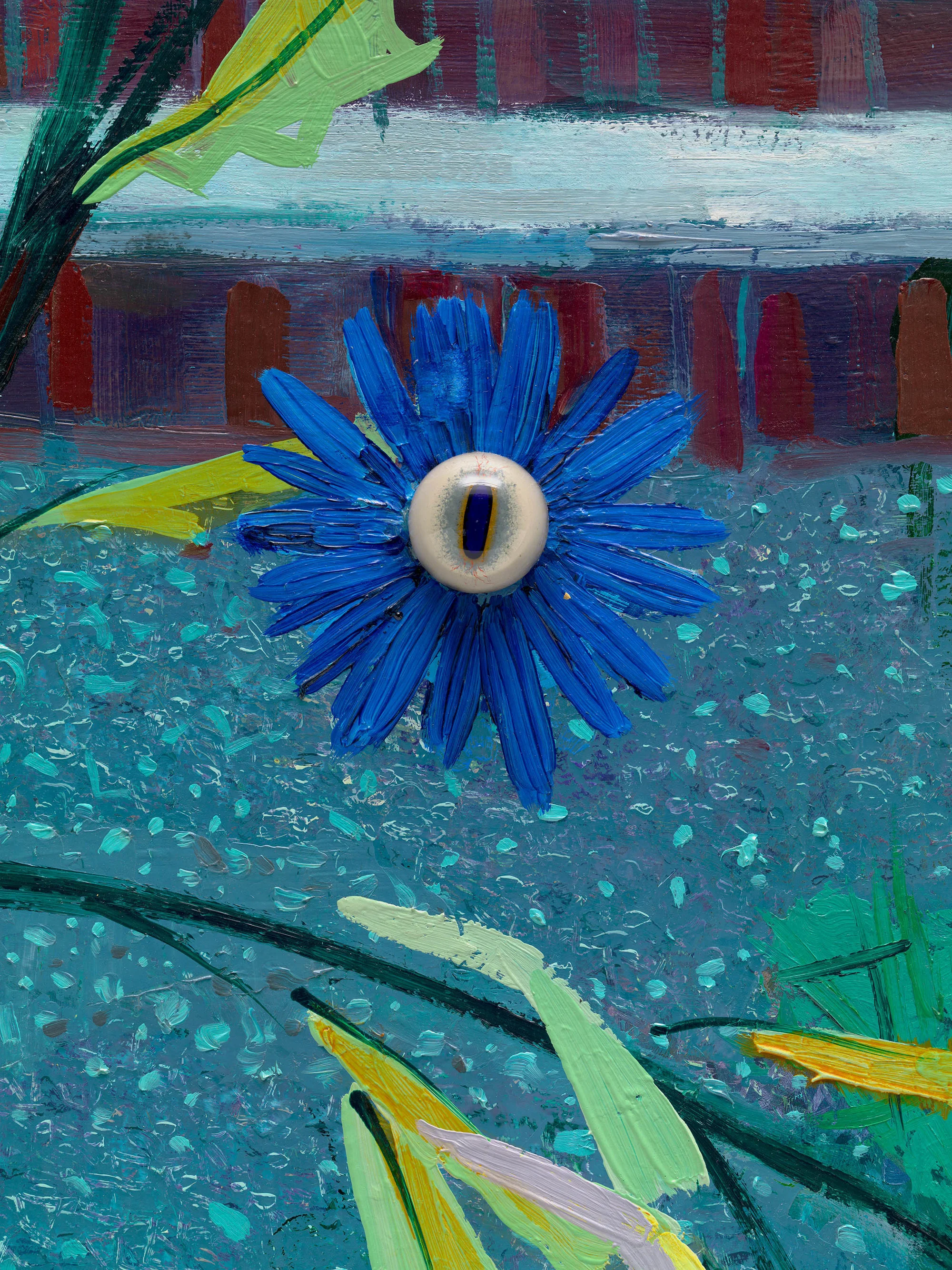Bilge Friedlaender
“Lifespan of a Horizontal Line”
New York, 9 N Moore Street
The exhibition features a selection highlighting a key period in Bilgé’s oeuvre. The works illustrate the artist’s elaborate visual vocabulary, manifested in her minimalist, sensual, mathematically defined, and yet dimensionality-expanding approach. Through floating squares and poetically ambivalent lines, in superimpositions of fractal paper tears and painted illusions, by contrasting blacks on black and by sculpting shadows of white, Bilgé takes us on an experiential, philosophical journey through her soulful universe.
Untitled (Cosmos Pastel II), 1975 Pastel, pencil on paper 19 1/2 x 25 1/2 in 49.5 x 64.8 cm
Bilge Friedlaender Tides Time II, 1975 9 1/8 x 12 1/8 x 5/8 in 23.2 x 30.8 x 1.6 cm
Bilgé immigrated from her native Turkey to New York in 1958. After early solo shows in the 1970s at Betty Parsons and Kornblee Galleries in New York City; her work was featured internationally throughout the 1980s and 90s, at the Istanbul Biennial, the Museum of Modern Art in Kyoto, Corcoran Museum, Washington D.C. Bilgé spent the majority of her career in the U.S. and exhibited alongside her contemporaries, including Robert Rauschenberg and Michelle Stewart. In recent years, Bilgé’s work received an increasing institutional and scholarly attention through carefully curated exhibitions at Arter, Istanbul, Neues Museum, Nürnberg, and Istanbul Modern. These exhibitions place Bilgé in a distinctly female lineage of abstraction that goes back to the pioneers of this movement. She drew her inspiration from and dialogued with important 20th century American artists, among them Robert Motherwell, Georgia OKeefe, Eva Hess, and Agnes Martin. The artist’s other rich Eastern and Western influences traced in her work include Turkish poetry, Sufi mystics, sacred numerology, as well as Dada and 19th-century American writers.








